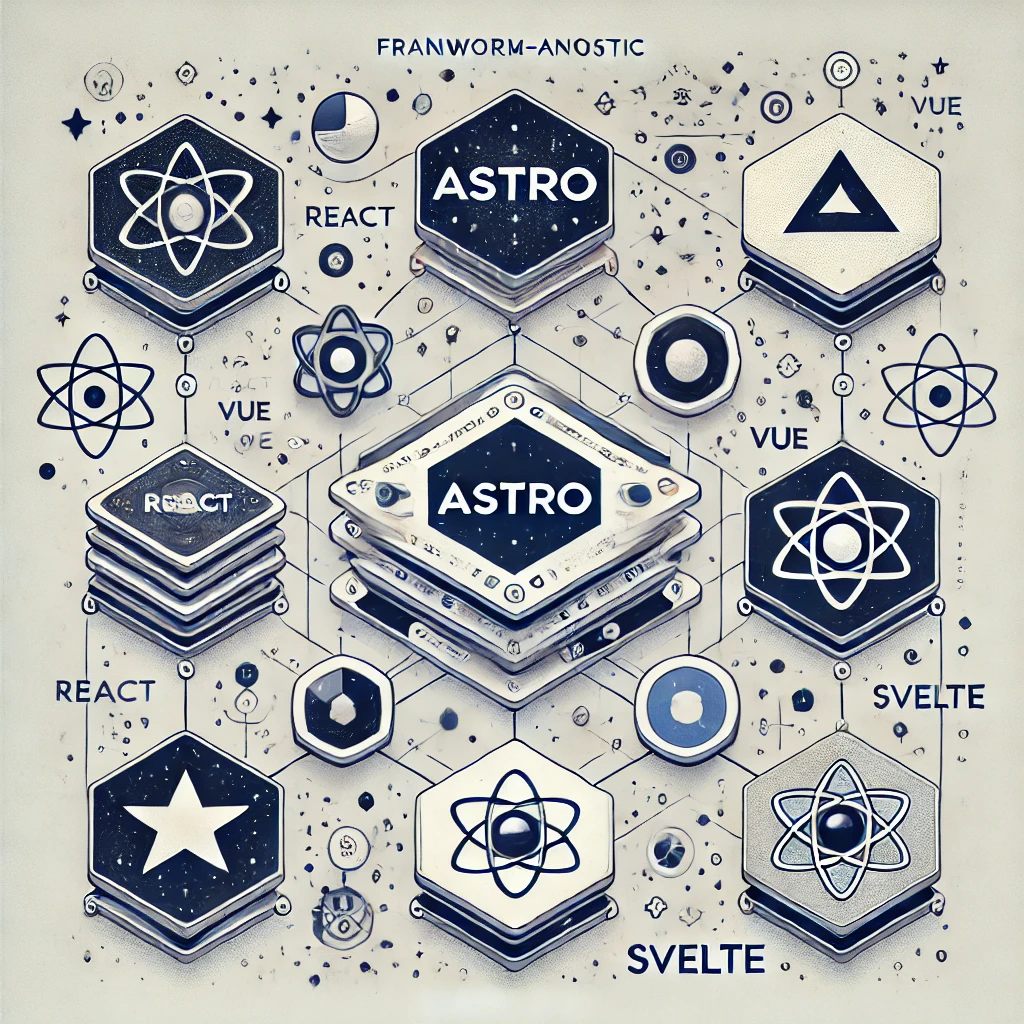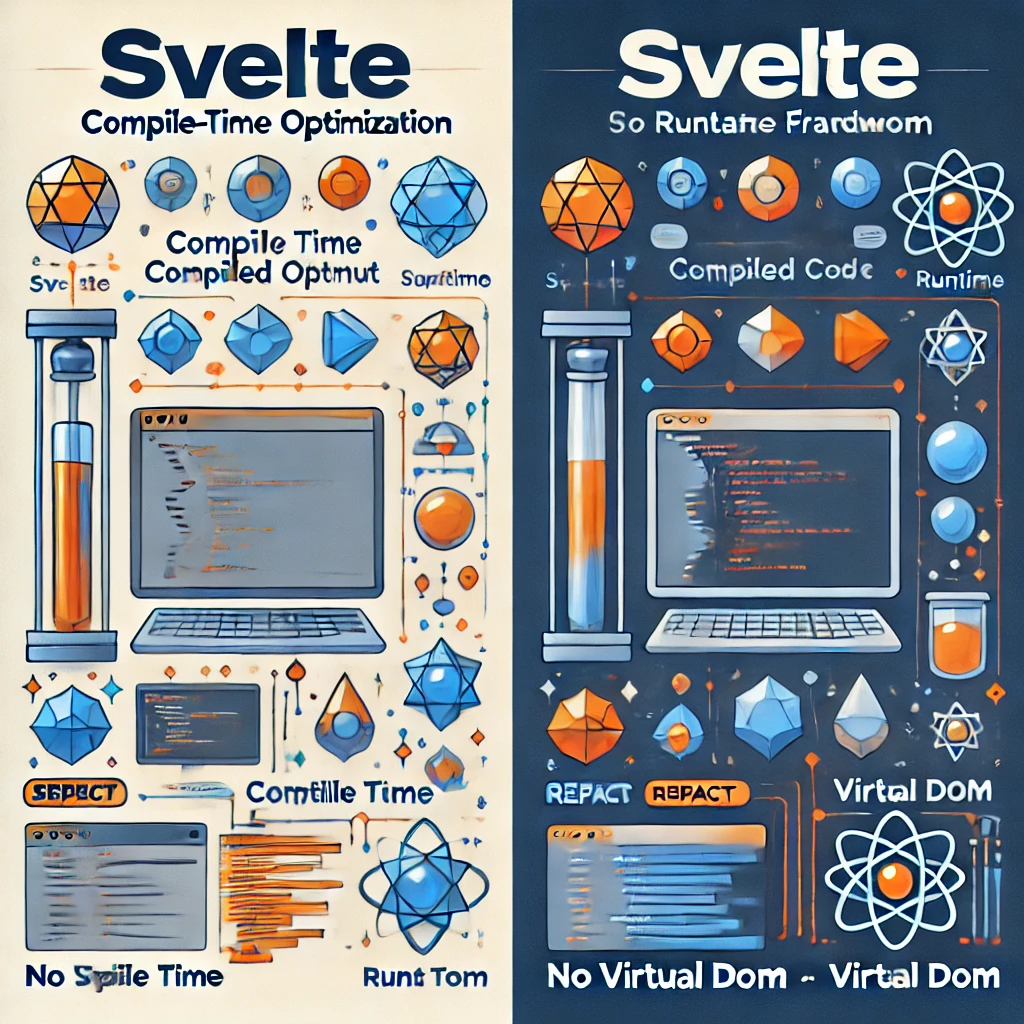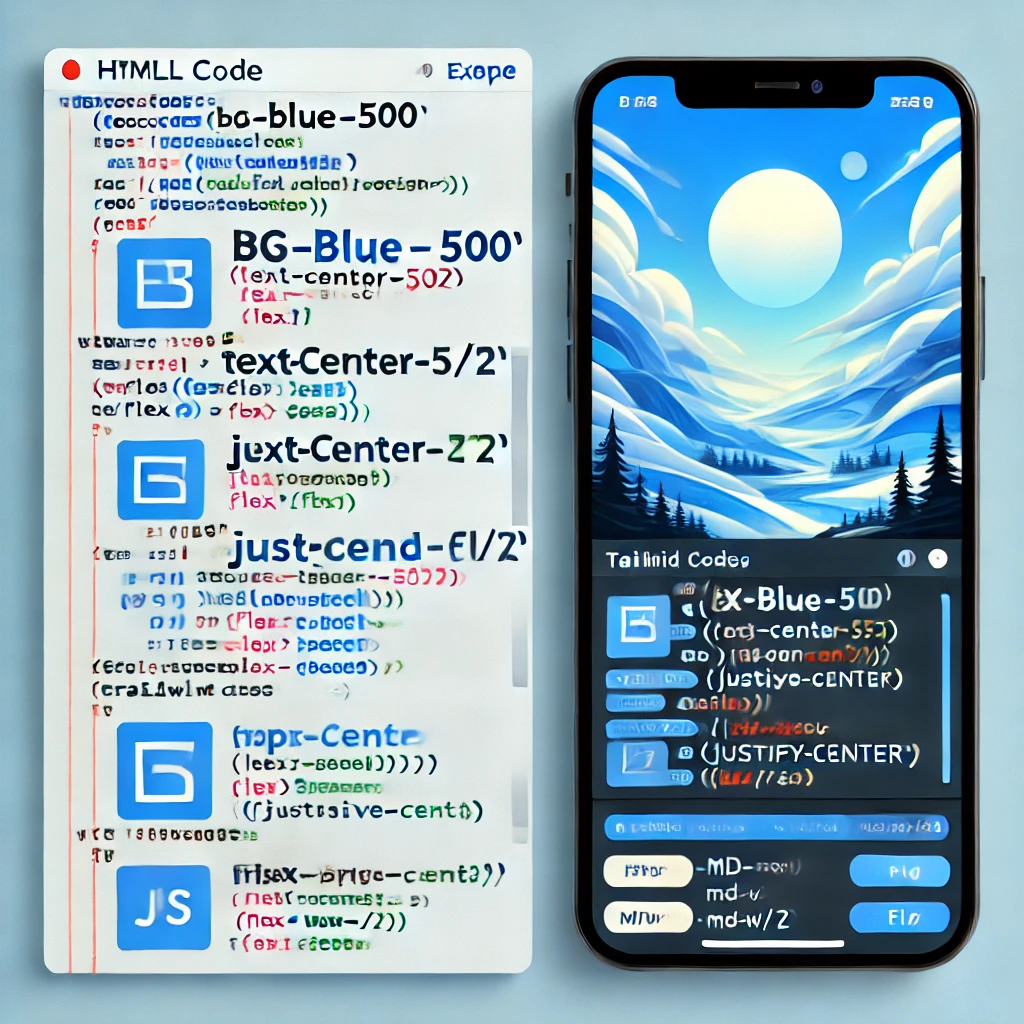Frontend development has come a long way, with a plethora of libraries and frameworks that make it easier (and more fun) to build beautiful, fast, and interactive web experiences. But with so many options, it’s tough to know which tools are worth your time. So, let’s explore some of the most popular frontend libraries that developers swear by—and figure out when you should use each one.
1. React – The Component King
If you’re involved in frontend development, you’ve probably heard of React. This JavaScript library, developed by Facebook, lets you build user interfaces with components—reusable building blocks for your app. It’s like Lego but for code, making complex UIs easier to handle.
Why Use React?
- Component-Based Architecture: Reusable components simplify UI management and maintenance.
- Fast Rendering: The virtual DOM updates only the parts of the page that change, ensuring smooth performance.
- Huge Community: Access endless tutorials, plugins, and support.
Best For: Dynamic single-page applications (SPAs), dashboards, and projects with extensive user interaction.

2. Vue.js – The Progressive All-Rounder
Vue is known as the “progressive framework” because you can start small and scale as your app grows. It’s ideal for beginners or anyone looking for a straightforward framework with a gentle learning curve.
Why Use Vue?
- Flexibility: Start as a simple library or grow it into a full-featured framework.
- Two-Way Data Binding: Automatic DOM updates save you time.
- Lightweight: Small library size ensures faster page loads.
Best For: Prototypes, SPAs, or small-to-medium projects requiring flexibility.
3. Astro – The Static Site Specialist
Astro is a newer framework designed for static sites with minimal JavaScript. It allows you to mix and match components from different frameworks while keeping output lightweight.
Why Use Astro?
- Zero JavaScript by Default: Astro keeps things blazing fast by minimizing JavaScript.
- Framework Agnostic: Use React, Vue, Svelte, and more within the same project.
- Optimized for Static Sites: Perfect for fast, SEO-friendly content.
Best For: Static sites, blogs, marketing sites, or projects prioritizing speed and SEO.

4. Svelte – The Compiler That’s Changing the Game
Svelte stands out by compiling code at build time instead of running it in the browser. This means less JavaScript and faster performance.
Why Use Svelte?
- No Virtual DOM: Eliminates the virtual DOM for better efficiency.
- Easy State Management: Simplifies handling state without extra code.
- Smaller Bundle Sizes: Compiling at build time results in faster load times.
Best For: Performance-critical projects, such as data-heavy dashboards or interactive sites.

5. Tailwind CSS – The Utility-First CSS Framework
Tailwind is a CSS framework providing utility classes for styling, letting you avoid writing custom CSS. It’s ideal for designs that need precision without jumping between HTML and CSS files.
Why Use Tailwind?
- Rapid Prototyping: Style elements directly in your markup with utility classes.
- Highly Customizable: Create your own design system with the configuration file.
- Responsive Design Built-In: Handle screen sizes effortlessly with responsive utilities.
Best For: Fast prototyping, custom designs, and streamlined CSS management.

6. Three.js – Bringing 3D Graphics to the Web
If you want 3D graphics, Three.js is your go-to library. Built on WebGL, it lets you render 3D content directly in the browser. While it has a learning curve, it’s perfect for animations, visualizations, or games.
Why Use Three.js?
- 3D Rendering: Build scenes, objects, and animations for the browser.
- Extremely Customizable: Control lighting, textures, and animations for unique effects.
- Great for Interactive Experiences: Enhance user interaction with engaging visuals.
Best For: Interactive experiences, visualizations, and projects requiring a “wow” factor.

Choosing the Right Library
Each library has its strengths, so there’s no universal answer. Consider what you’re building:
- React or Vue: Best for dynamic, user-driven apps.
- Astro: Perfect for fast, SEO-friendly static sites.
- Svelte: Combines simplicity with exceptional performance.
- Three.js: Ideal for stunning 3D visuals.
- Tailwind: Streamlines CSS and accelerates prototyping.
Frontend development is about matching tools to your project’s needs. With the right libraries, you’ll not only create amazing projects but also enjoy the process.
So, what will you build next?
